Anthropology Exhibitions
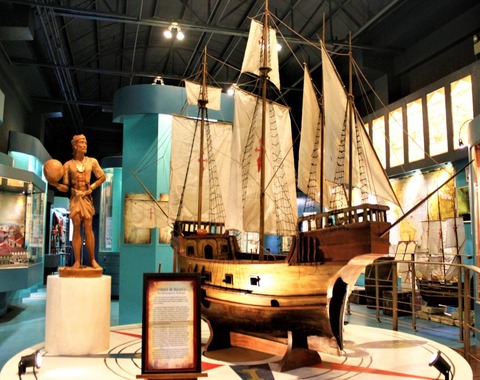
Gallery I
300 Years of Maritime Trade in the Philippines Gallery
The 300 Years of Maritime Trade exhibition showcases the material evidence recovered from the shipwrecks Breaker Reef and Pawikan Shoal (13th century CE), Pandanan (middle-late 15th century CE), Lena Shoal and Santa Cruz (late 15th –early 16th centuries CE), and the San Isidro and Kanduli Shoal (late 16th century CE).
READ MORE
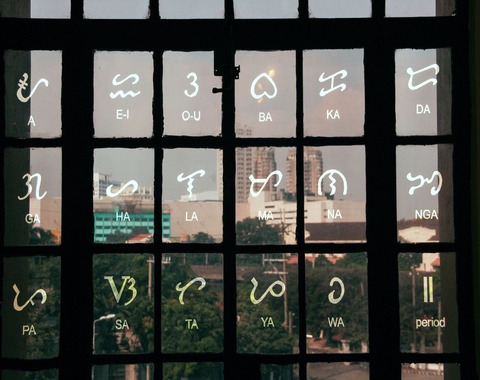
Gallery II
Baybayin Gallery
The Baybayin: Ancient and Traditional Scripts of the Philippines Gallery is a permanent exhibition highlighting baybayin – a Filipino traditional syllabic writing system. It features and promotes awareness of the writing systems used by the early Filipinos, through a showcase of archaeological artifacts, archival records from the Spanish colonial era, and ethnographic collection.
READ MORE
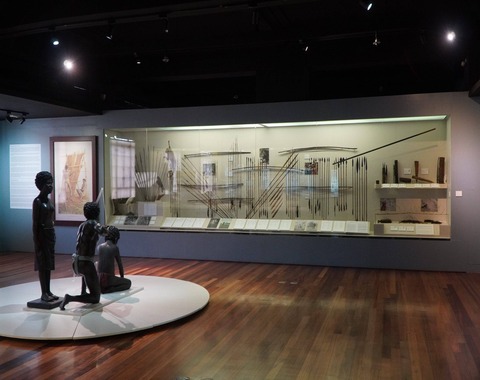
Gallery III
Biyay Gallery
Biyay is an Ayta term for life. This gallery features the National Ethnographic Collection gathered from 1903 to the present which aims to provide an overview of the previous studies and documentation by early ethnographers and researchers on the Negrito groups.
READ MORE
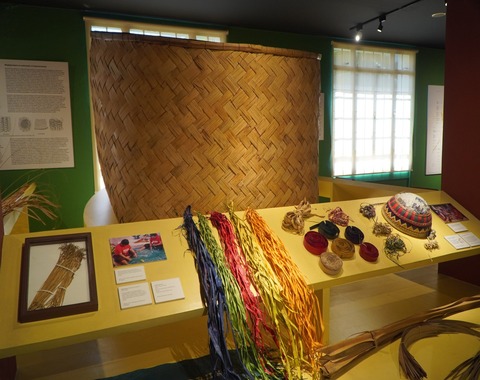
Gallery IV
Entwined Spheres Gallery
The gallery acknowledges and honors local basket and mat weavers in the different regions of the country. It highlights the significance of baskets and mats as part of both tangible and intangible Filipino cultural heritage through the different materials, techniques used, and the designs incorporated in them, as entwined in their functions as accessories and costumes, containers of both secular and sacred objects, and conveyors in fishing, agriculture, as well as in most daily activities.
READ MORE
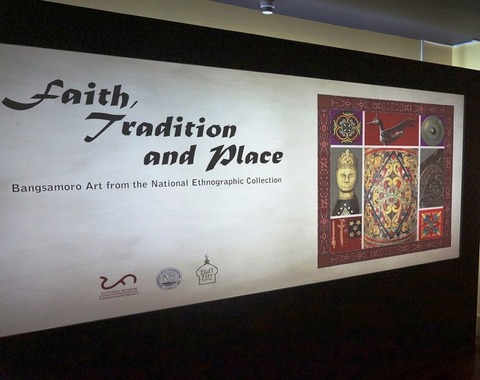
Gallery V
Faith, Tradition, and Place Gallery
This gallery is a visual exploration of the different rich material cultural heritage of the Islamic cultures in the Southern Philippines and how these groups are interconnected within the contexts of Islamic and Southeast Asian traditions. It features the material culture of the region known for their ornate decoration and ornaments in various social, economic, political, and ritual contexts. Bangsamoro is derived from the Filipino term “bangsa” which means nation while “Moro” refers the Spanish appellation to all Muslims in Southern Philippines.
READ MORE
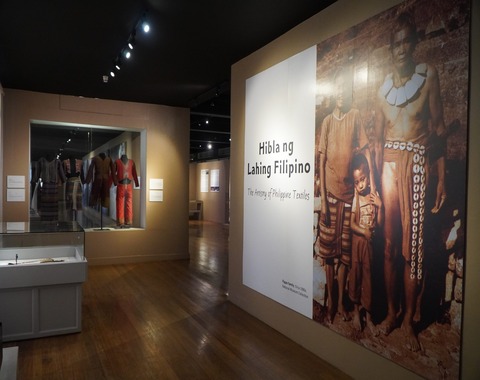
Gallery VI
Hibla ng Lahing Filipino Gallery
The Artistry of Philippine Textiles
This gallery showcases the traditional textiles produced by various indigenous and cultural communities in the Philippines. It tells the story of how these textiles were made, the materials in making the cloth, and the technologies they used.
READ MORE

Gallery VII
Kaban ng Lahi Gallery
The “Kaban ng Lahi: Archaeological Treasures” gallery is one of the long running exhibitions at the National Museum of Anthropology. It was installed in celebration of the centennial of Philippine Independence in 1998. This gallery is architecturally designed to simulate a cave setting, where most of the burial objects exhibited were discovered.
READ MORE
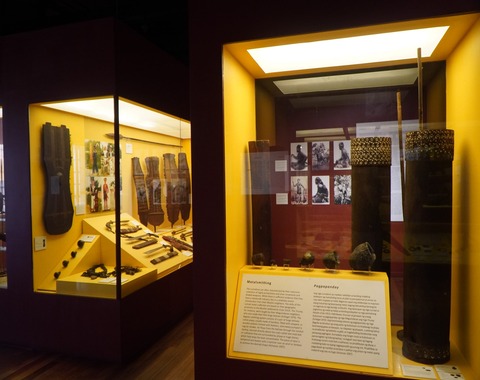
Gallery VIII
Lumad Mindanao Gallery
This gallery features the material culture of the 13 Lumad groups represented in the National Ethnographic Collection. It explores the significance of Mindanao natural reserves and resources to Lumad identity as well as their experiences and established ties with neighboring groups, specifically the Muslims, through the years. Lumad is a Visayan term meaning “born from the earth.” They are non-Muslim, non-Christian groups whose culture is centered on their sustainable ecology-based heritage.
READ MORE
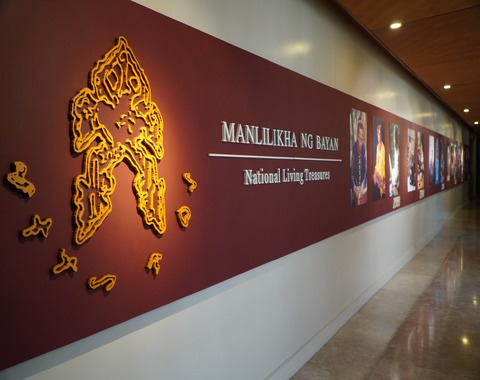
Gallery IX
Manlilikha ng Bayan Hall
The Gawad sa Manlilikha ng Bayan or National Living Treasures Award is the highest state honor given to a Filipino in recognition of their outstanding work as a traditional folk artist. At present, 16 individuals conferred from 1993 to 2017 are featured in the gallery.
READ MORE
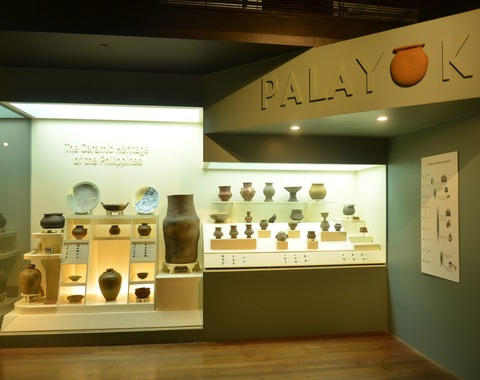
Gallery X
Palayok Gallery
The exhibit “Palayok: The Ceramic Heritage of the Philippines” is a recently opened gallery dedicated to the rich ceramic tradition of the Philippines from the earliest appearance of pottery in the region in the Neolithic (c. 4200 years ago) to the contemporary period. The exhibit highlights the significant role of ceramics in the history of Philippine society and culture.
READ MORE
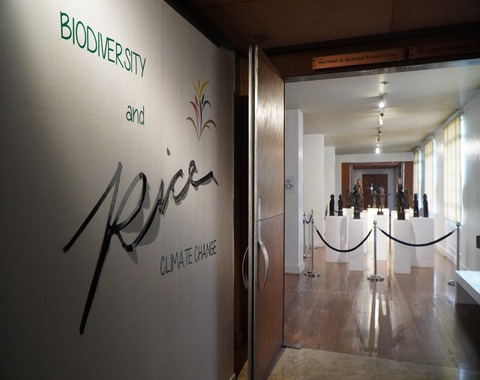
Gallery XI
Rice, Biodiversity, and Climate Change Gallery
This gallery features collections on rice from the NMP and Philippine Rice Research Institute (PhilRice) evoking its significance in the Filipino culture, in terms of science, traditional knowledge and heritage systems. It also aims to support the country’s continuing campaign for the Philippines to be self-reliant on rice through responsible rice consumption.
READ MORE
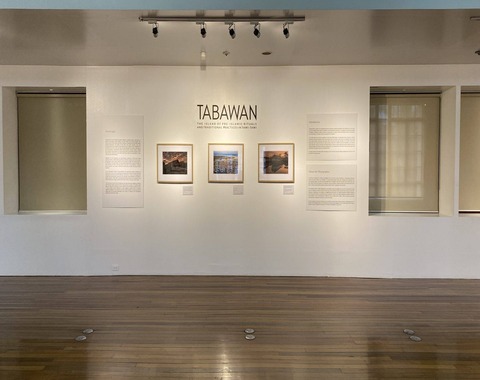
Gallery XII
Tabawan Gallery
The “Tabawan": The Island of Pre-Islamic Rituals and Traditional Practices in Tawi-Tawi” Photo Exhibition highlights the blend of indigenous traditions and Islamic beliefs as practiced by the Sama-Tabawan in their seven rituals.